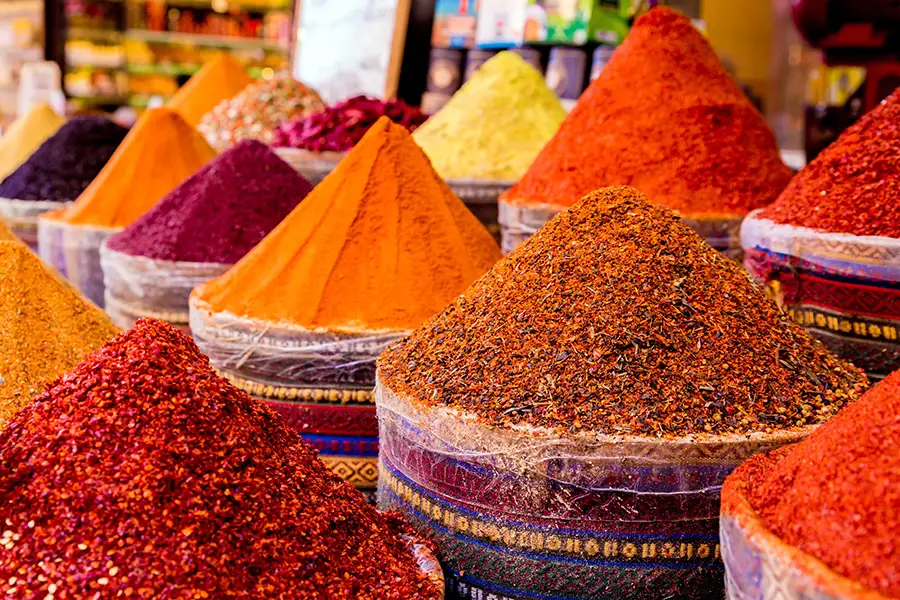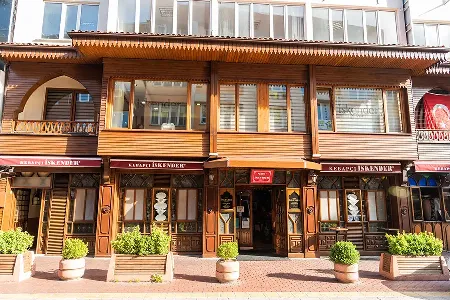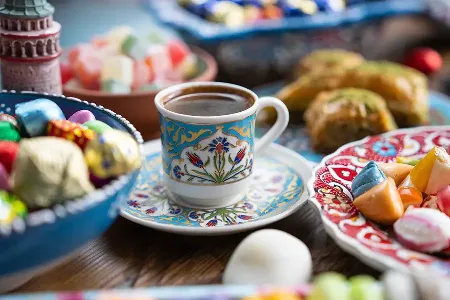
Within the bustling heart of Istanbul lies a sanctuary of taste and tradition: the Spice Bazaar, also known as Mısır Çarşısı. This ancient marketplace is not just a destination for culinary enthusiasts but a vibrant cultural landmark that offers a deep dive into the essence of Turkish cuisine. With its rich assortment of spices, herbs, and flavors, the Spice Bazaar stands as a testament to Turkiye's gastronomic heritage, inviting visitors to embark on a flavorful journey that bridges past and present, and weaves together the myriad tastes that define Turkish cooking.
The Flavorful Heartbeat of Turkish Dishes
The cornerstone of Turkish cuisine lies in its adept use of spices, which imparts depth and character to its dishes. From the robust aroma of cumin to the comforting sweetness of cinnamon, each spice contributes to the symphony of flavors that define this storied cuisine. The historic Spice Bazaar in Istanbul serves as a treasure chest for those seeking to imbue their cooking with the authentic essence of Turkish flavors.
A Crossroads of History and Trade
Dating back to the 17th century and nestled at the terminus of the legendary Silk Road, the Spice Bazaar was strategically positioned as a primary trading post. It bridged the continents, bringing spices from the East to the bustling streets of Istanbul, then the heart of the Ottoman Empire. This trading heritage underscores the bazaar's significance in the annals of both Turkish and global culinary traditions, symbolizing a melting pot of cultures and flavors.
A Cultural Tapestry Woven with Spices
The Spice Bazaar transcends its role as a mere marketplace. It embodies the essence of Turkish culture, where the art of spice blending is passed down through generations, and merchants regale customers with tales of origin and tradition. This interaction enriches the culinary tapestry of Turkiye, painting the Spice Bazaar not just as a center of commerce but as a vibrant cultural hub.
A Palette of Aromas and Colors
Venturing into the Spice Bazaar, one is enveloped in a kaleidoscope of aromas, colors, and tastes. Each stall beckons with promises of culinary discovery, offering everything from the fiery red of chili flakes to the delicate strands of saffron. But the bazaar's allure doesn't stop at spices; it's also home to an array of dried fruits, nuts, traditional sweets, and an eclectic mix of teas and coffees, each playing its part in the culinary mosaic of Turkiye.
The Enduring Legacy of the Spice Bazaar
In an age where the world is more connected than ever, Istanbul's Spice Bazaar remains a bastion of Turkish heritage, drawing visitors from across the globe. It stands as a testament to the enduring appeal of Turkish cuisine, a unifying force that transcends cultural barriers through the shared language of food. For those embarking on a culinary exploration of Turkiye, the Spice Bazaar is an indispensable stop, offering a taste of the country's culinary history, cultural diversity, and the rich palette of flavors that make Turkish cuisine uniquely captivating.
In essence, Turkiye's spice bazaars are not merely places of transaction but are vital cultural arteries, pulsating with the lifeblood of Turkish culinary tradition. They remind us of the profound connections between food, culture, and history, where every spice tells a story, weaving the rich narrative of Turkish gastronomy.



